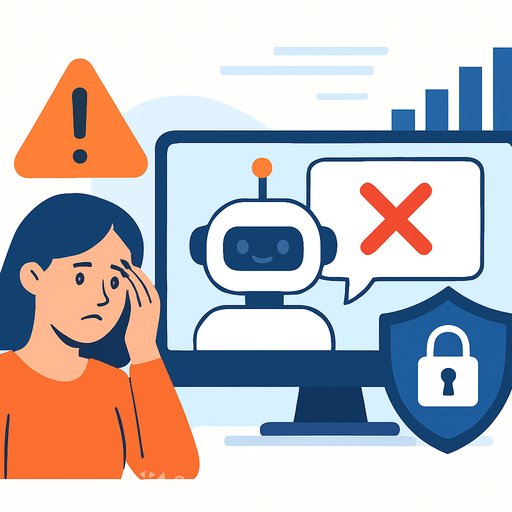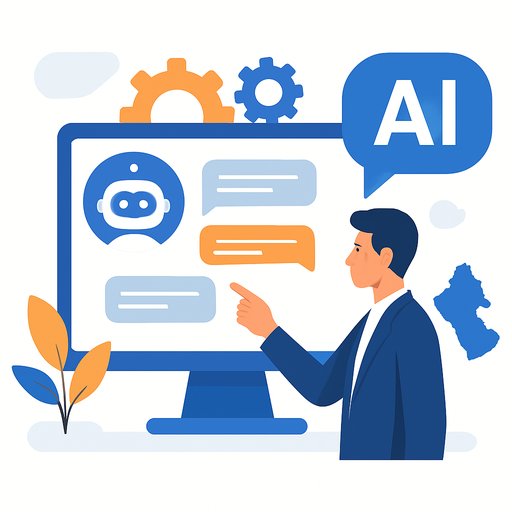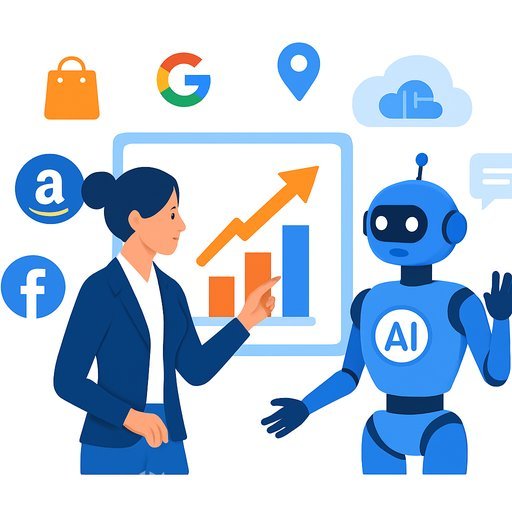AI in Customer Service Is Failing. Here's Why.
You're being told to scale service with AI. But the data shows it's not working. Nearly one in five consumers who use AI for customer service find no value in it. That's a failure rate four times higher than for other AI applications, according to the 2026 Consumer Experience Trends Report from Qualtrics.
As companies push for returns on their AI investments, the effort to automate service excellence is missing the mark. The problem isn't the technology; it's the strategy behind it.
Why AI Is Falling Short
Customers rank AI for service among the worst applications for convenience and usefulness. The reason is simple: most companies are deploying AI to cut costs, not to solve customer problems. Your customers can tell the difference.
This approach creates new problems. Misuse of personal data is now the top concern for 53% of consumers. Half worry that AI will prevent them from ever reaching a human, and 47% are concerned about job losses.
"AI should be used to build connections and enhance the human experience, with capable AI agents managing simple, transactional requests," notes Isabelle Zdatny, author of the report. "Then, AI can aid human agents in solving complex customer problems with the relevant background details and suggested solutions."
Compete on Service, Not Just Price
While overall customer experience has improved, these gains are fragile. Industries with low switching costs, like fast food and online retail, have seen the biggest improvements. This suggests that when customers can easily leave, service quality becomes a priority.
Price sensitivity is high, but chasing the lowest price is a short-term game. The report shows that customers who choose brands for great service are more satisfied and have higher trust levels than those who choose based on value or convenience.
"A race to the bottom on prices might win customers in the short term, but price is a temporary differentiator with fleeting impact," Zdatny says. Lasting relationships are built on meaningful connections, not just transactions.
Customers Are Leaving Without a Word
Businesses are getting less feedback than ever. Only 29% of customers now complain directly after a bad experience, a significant drop from 2021. Instead, 30% say nothing at all and nearly half will simply spend less money with you.
This silence leaves you blind to churn and changing behaviors. It makes indirect feedback from social media and online reviews more valuable than ever. Successful support teams will learn to connect these scattered signals to understand what customers truly feel, even when they don't say it directly.
Personalization Requires More Trust, Not More Data
Customers want experiences tailored to them, but they don't believe the benefits are worth the privacy risk. Only 39% of people trust companies to use their data responsibly. Nearly two-thirds worry about data security, with fraud and hacking as top fears.
Don't collect data for the sake of having it. The path to building trust is through transparency and control. Almost half of consumers would share more data if they had greater transparency about what's collected and better control over its use.
Showing customers how their data improves their experience, combined with clear controls, builds the foundation of trust needed for long-term loyalty. This is where a well-trained team, augmented by AI, can make a difference. Improving your team's ability to work with these systems is critical. You can explore relevant AI courses for specific job roles to build these skills.
A Clear Path Forward
- Augment, Don't Replace: Use AI for simple, repetitive tasks. Free up your human agents to solve complex problems where they add the most value.
- Build Trust: Be transparent about data collection and give customers control. Show them how their data leads to a better experience.
- Listen Indirectly: Since direct feedback is declining, actively monitor social media, reviews, and other channels to understand customer sentiment.
The original research provides deeper insights for customer support leaders. You can download the full 2026 Consumer Experience Trends report to see all the data.
Your membership also unlocks:





